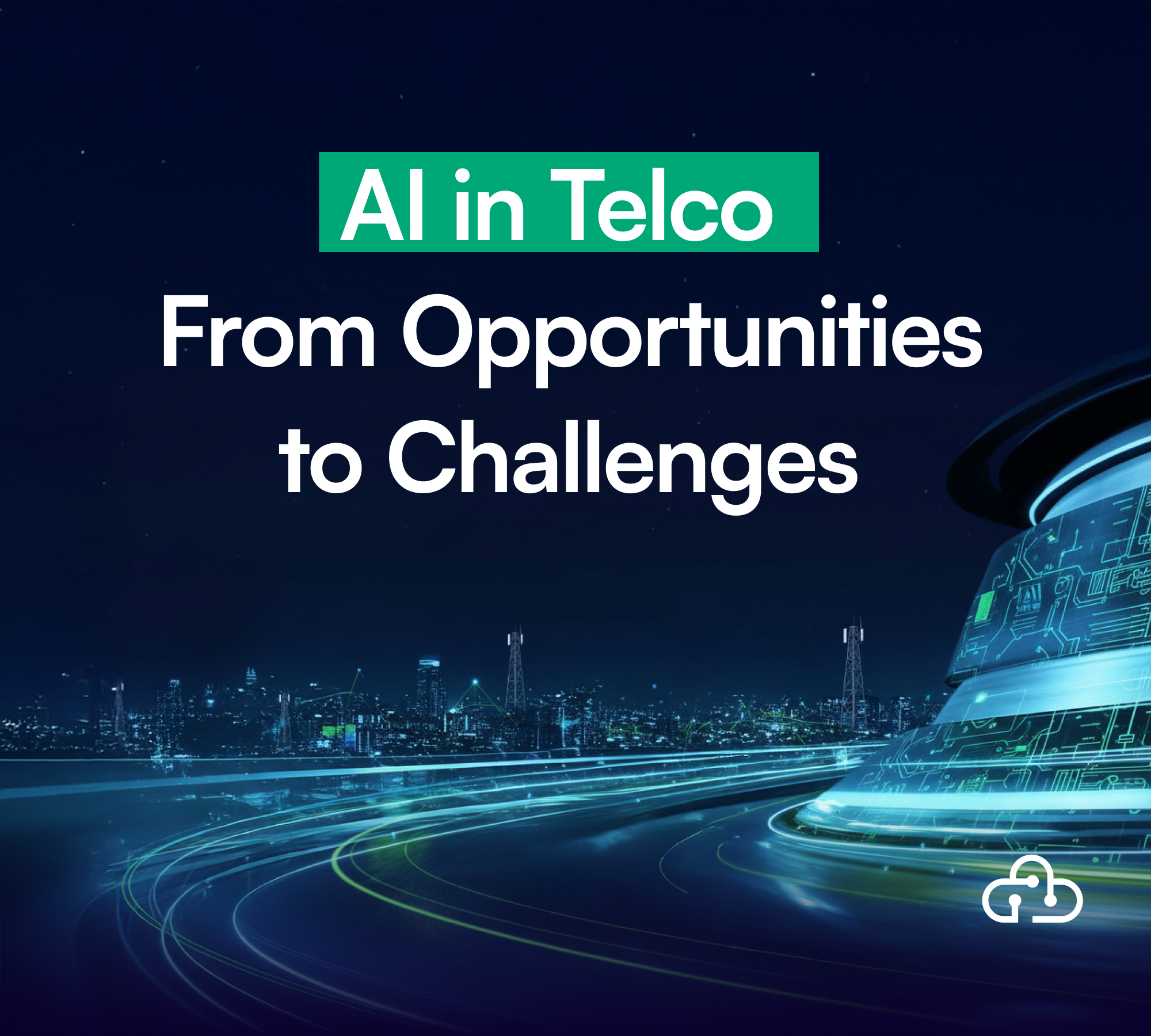Introduction
In the realm of telecommunications, the transition from 4G to 5G networks marks a significant leap in connectivity capabilities. Traditional 4G LTE network has focused on providing broadband speeds but the emergence of 5G brings forth a new era of connectivity, offering enhanced broadband speeds, lower latency and diverse application support. Let's dissect the key differences between these two networks.
Traditional 4G Network
In conventional 4G LTE, the network architecture both at Core Network (Evolved Packet Core) and Radio Access Network (RAN) is not flexible. There is a lack of disaggregation, which results in fixed functionalities, leading to higher latency compared to its successor, 5G.
4G networks employ a fixed frame structure at physical layer, limiting their adaptability to various traffic types. This rigidity poses challenges in accommodating the diverse demands of modern applications, especially those requiring low latency.
While 4G networks have been widely deployed, their reliance on purpose-built hardware often leads to complex and over-provisioned infrastructure, hampering efficiency and decreasing the scope of innovation.

5G Network
5G networks introduce a paradigm shift in network architecture and capabilities. Featuring a decentralised core network with edge computing capabilities, 5G networks bring user plane function closer to end-users, reducing latency and enabling real-time applications. Furthermore, 5G networks embrace disaggregated RAN architecture, enhancing flexibility and scalability.
Designed for low latency, high throughput and massive IoT support, 5G networks employ a flexible frame structure that adapts dynamically to varying traffic demands. This flexibility enables efficient resource allocation and ensures optimal performance across a wide range of applications.
One of the defining features of 5G is network slicing, enabling new use cases through logically slicing the underlying infrastructure, which allows customization for different applications, catering to diverse requirements ranging from ultra-reliable low-latency communications (URLLC) to massive machine-type communications (mMTC).
Massive MIMO and beamforming techniques deployed in 5G networks significantly improve spectral efficiency and coverage, enhancing the overall user experience.
By leveraging virtualization technologies, 5G networks enable dynamic resource allocation and efficient network management.
- Software Enabled Network enables flexibility and development velocity with simultaneous reduction in capital and operating expenses through the adoption of open-source software and continuous evolution through CI/CD.
- Software Defined Network (SDN) helps to enable resilient traffic engineering at layer 2/3.
The integration of artificial intelligence (AI) and machine learning (ML) adds another layer of intelligence, optimizing network performance and enhancing user satisfaction.
In conclusion, while traditional 4G networks have laid the foundation for mobile connectivity, 5G networks represent a significant evolutionary step by delivering enhanced broadband speed, lower latency and support for diverse applications. As we embrace the era of 5G connectivity, we can anticipate transformative changes across various sectors, unlocking new possibilities and driving innovation.
In our next article, we will delve deeper into the needs for training in 5G technology to telecom professionals. Stay tuned by following LabLabee page and expert Mr Rahul Kaundal on LinkedIn.
About Rahul Kaundal:
Rahul Kaundal is a seasoned telecom professional, working in the technology sector and in his career, he has led different Telco Network Projects including their Design, Operations, Excellence & Evolution right from 2nd Generation Technology to 5th Generation. His core focus areas are Radio access Network, Transport Network, AI/ML, Automation & Cloud systems. He believes in sharing knowledge, and he has built an e-learning platform exclusively for telecom industry– itelcotech.





